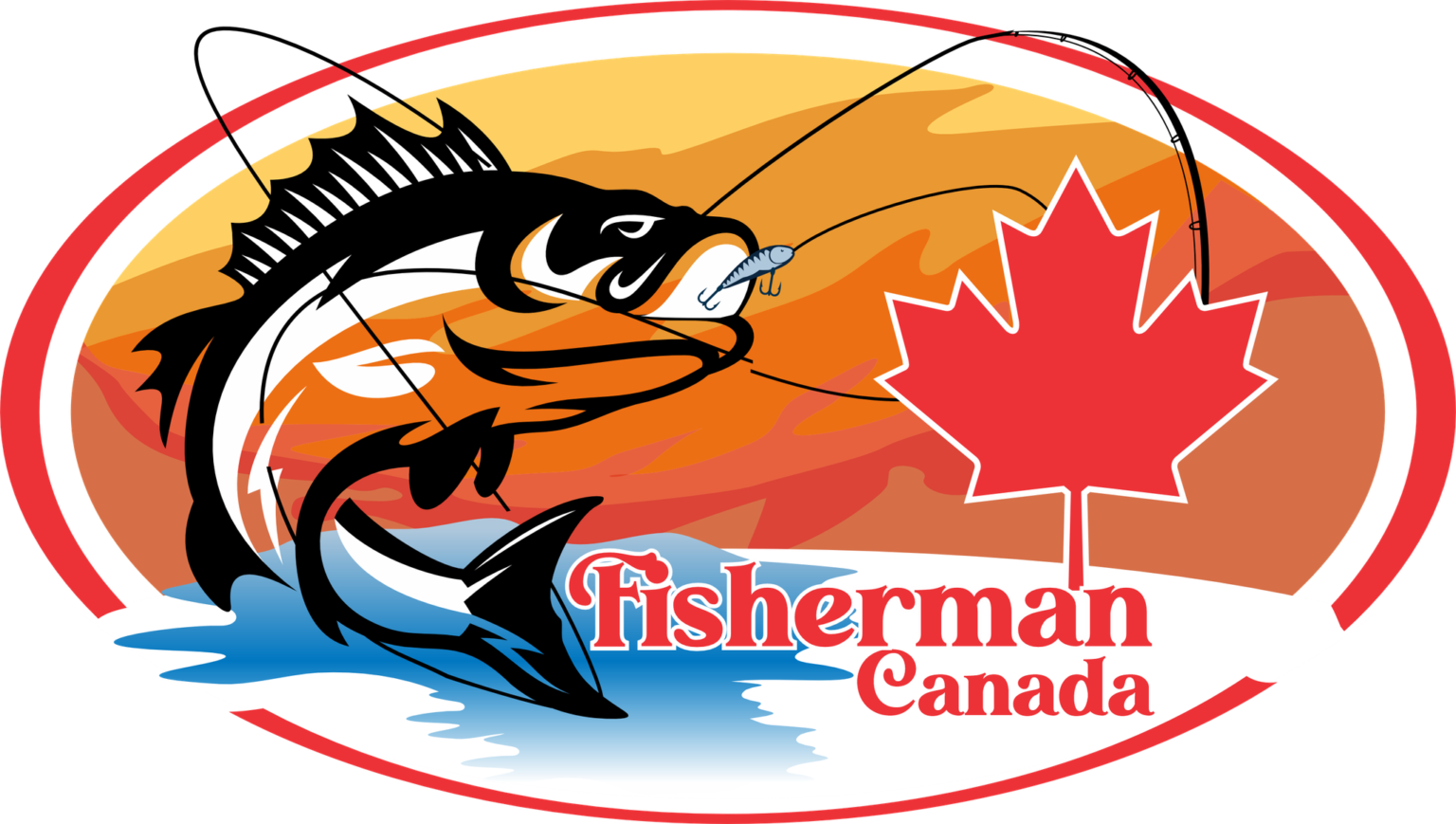Introduction
Bass fishing is a popular and rewarding pastime enjoyed by millions of anglers worldwide. The thrill of landing a feisty largemouth or smallmouth bass can be incredibly satisfying. However, catching bass requires a combination of skill, knowledge, and patience. In this comprehensive guide, we will delve into the intricacies of bass fishing, providing you with a wealth of information to increase your chances of success.
Understanding Bass Behavior
Before we get into the nitty-gritty of fishing techniques, it’s crucial to understand the behavior of bass. Bass are ambush predators that use cover to hide and wait for their prey. They are highly sensitive to their environment and can be influenced by various factors such as water temperature, weather conditions, and time of day.
Location Matters
One of the keys to successful bass fishing is knowing where to find them. Bass tend to stay close to structures like rocks, logs, submerged trees, and aquatic vegetation. These provide both shelter and a prime location for ambushing prey. Learning to identify and locate these structures in your fishing area is essential.
Water Temperature
Bass are cold-blooded creatures, so their activity levels are heavily influenced by water temperature. They become more active as the water warms up, making spring and fall ideal times for bass fishing. During hot summer months, they often retreat to deeper, cooler waters.
Time of Day
Dawn and dusk are prime times for bass fishing. During these low-light periods, bass are more active and less wary. However, you can still catch them throughout the day by adjusting your techniques and lures accordingly.
Bait and Lures Selection
Choosing the right bait and lures is crucial to attracting and catching bass. The choice depends on various factors, including water conditions, the bass’s feeding habits, and personal preferences.
Live Bait
Live bait such as minnows, shiners, and nightcrawlers can be highly effective in attracting bass. They offer a natural scent and movement that can be irresistible to hungry fish.
Artificial Lures
Artificial lures come in a variety of shapes, sizes, and colors, each designed to mimic different prey species. Some popular types of lures for bass fishing include crankbaits, soft plastic worms, jigs, spinnerbaits, and topwater lures. Experiment with different lures to see which ones work best in your fishing area.
Fishing Techniques
Now that you have an understanding of bass behavior and the right gear, let’s explore some effective fishing techniques.
Casting and Retrieving
This is the most basic and widely used technique for bass fishing. Cast your bait or lure near structures or likely hiding spots, let it sink, and then retrieve it with a steady or erratic motion. This mimics the movement of prey and can trigger a bass strike.
Flipping and Pitching
When fishing in heavy cover, such as dense vegetation or submerged trees, flipping and pitching are essential techniques. These involve making short, accurate casts into tight spots without spooking the fish. Use heavy gear and lures designed for this purpose.
Carolina Rig
The Carolina rig is a versatile setup that allows you to fish deep or shallow waters effectively. It consists of a sliding weight, a swivel, and a leader with your bait or lure. This rig keeps your bait above the bottom, making it an attractive option for bass.
Topwater Fishing
Topwater lures create exciting surface strikes as bass leap out of the water to attack them. This technique is particularly effective during dawn and dusk or when bass are feeding near the surface. Be patient and wait for the fish to fully take the lure before setting the hook.
Drop Shotting
Drop shotting is an excellent finesse technique for targeting finicky bass. It involves suspending your bait above the bottom using a special rig. This presentation can be highly effective in clear or pressured waters.
Conclusion
Catching bass is a rewarding pursuit that requires a combination of knowledge, skill, and patience. Understanding bass behavior, selecting the right bait and lures, and mastering various fishing techniques will greatly improve your chances of success. Remember to practice catch-and-release to preserve these precious fish populations for future generations of anglers. The more time and effort you invest in learning the art of bass fishing, the more memorable and satisfying your experiences on the water will become. Happy fishing!


